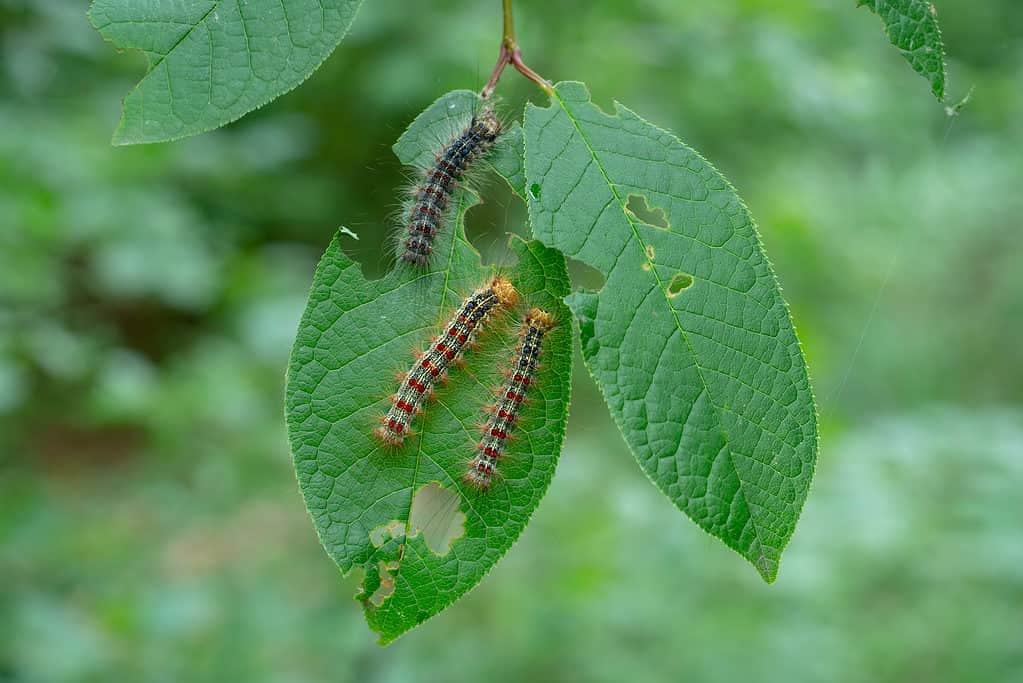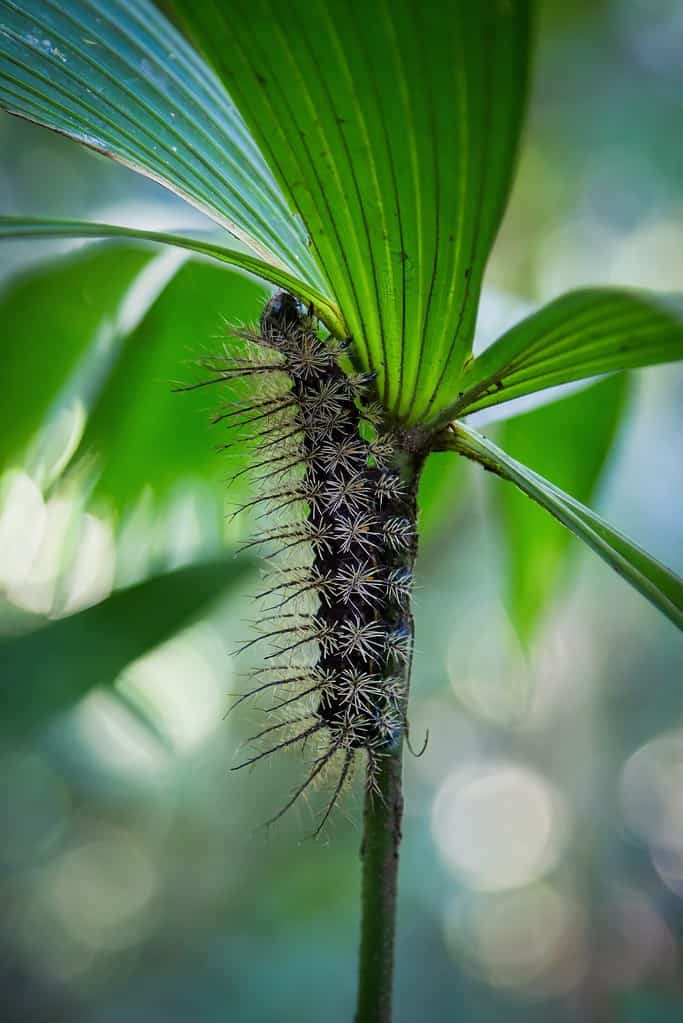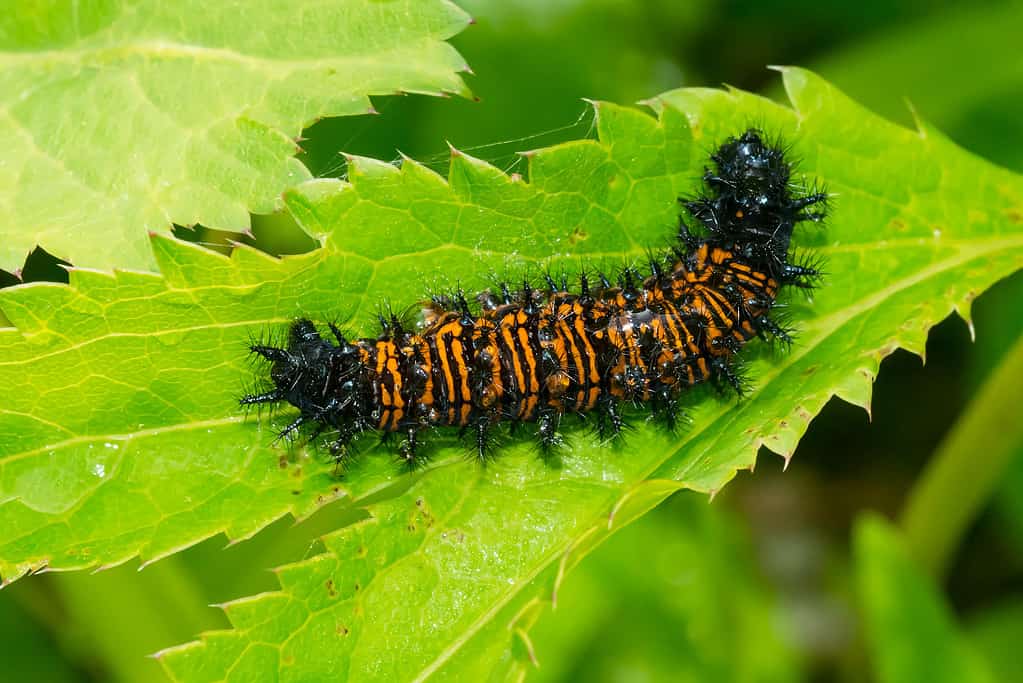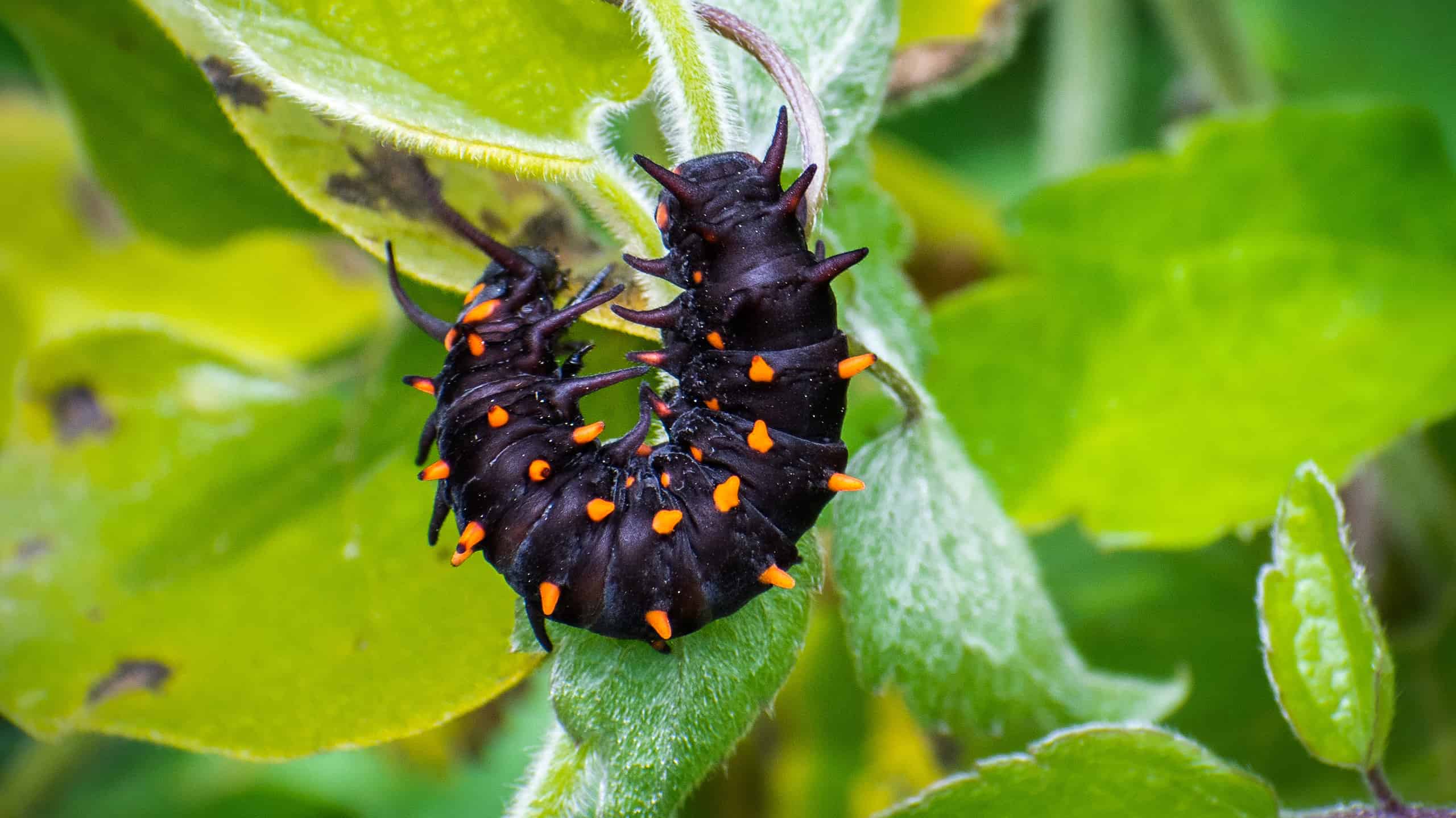Caterpillar is the name given to the larval stage of different types of flying insects like moths and butterflies. They haven’t yet gone through the transformation that renders them able to take flight. So, they resemble worms, and their diet is made up of foliage. There are many different types of caterpillars, each with its own set of colors and behaviors. One thing that caterpillars share in common is how insatiable they are. They are always hungry, snacking on foliage until they can snack no more. But do caterpillars sleep? Let’s find out!
Exploring the Sleep Patterns of Caterpillars
Caterpillars have different sleep patterns depending on the type they are. Eventually, caterpillars become either moths, sawflies, or butterflies and each species has its own pattern of rest. While some are diurnal, meeting they’re active during the day; others are nocturnal, meaning they’re active at night. Some caterpillars may take short resting periods during the day while others take their rest at night.

Caterpillars have insatiable appetites.
©Evgeniy_16/Shutterstock.com
Understanding Caterpillar Behavior: Resting and Dormancy
Caterpillars don’t sleep in the traditional way you view sleeping. They don’t slip into deep, dreamy states each evening to recharge. However, they do need to rest between eating sessions to let their digestive system process their food and recover the energy they need to keep feeding.

Caterpillars only rest as needed.
©Fusco Davide/Shutterstock.com
Caterpillar Sleep Cycles: Insights into Their Patterns of Rest
Caterpillars only rest as needed. Sometimes, it could just be a 10- or 15-minute rest during which they’re inactive and letting their bodies digest and recharge. Once they are active again, they continue finding foliage to feast on. Other caterpillars may require several hours of rest before they get active again in search of food. Depending on the climate, sometimes caterpillars enter a state of torpor, which is kind of like a state of hibernation. Their metabolic rate slows way down, and they remain inactive during this period.

Depending on the climate, sometimes caterpillars enter a state of torpor.
©Paul Reeves Photography/Shutterstock.com
The Importance of Rest for Caterpillar Growth and Development
The resting period caterpillars engage in aids their growth and development. Eventually, they spin their silky cocoons, create a chrysalis, and eventually emerge as full-grown flying insects. During the caterpillar stage, their primary objective is to eat. Rest allows them to recover so they can continue finding sustenance.
Observing Caterpillar Sleep: Fascinating Facts and Behaviors
When caterpillars move into an inactive state, they typically do this under cover so that they can remain safe from predators. They might enter a burrow or find a nice shady spot under a leaf. They curl up and tuck their heads into their bodies when resting. Young caterpillars are much more likely to take longer periods of rest when compared to adult caterpillars. Once they emerge from their inactive state, the leaf they used for cover often becomes their next meal.
Thank you for reading! Have some feedback for us? Contact the AZ Animals editorial team.








